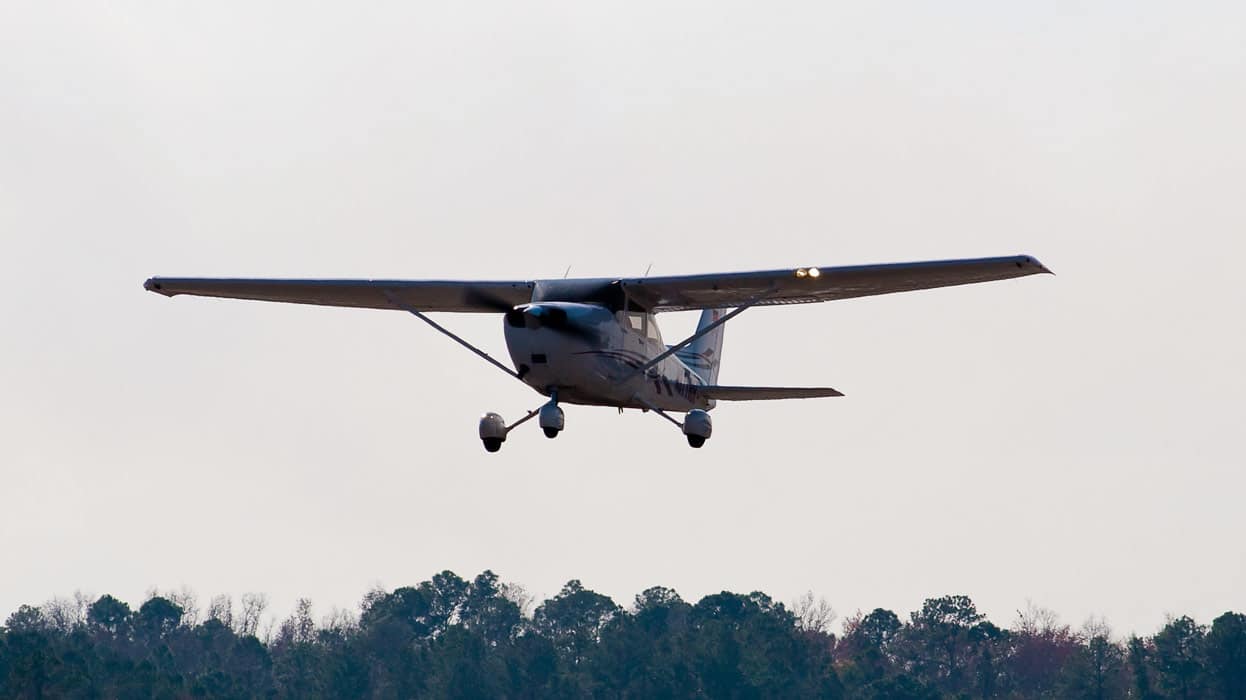According to the FAA, the final ECi Engine Cylinder AD will affect an estimated 6,200 engines currently in service.
In the recently released final ECi Engine Cylinder AD from the FAA, it was specified that aircraft with affected cylinders and “more than 680 operating hours TIS since new and 1,000 or fewer operating hours TIS since new on the effective date of this AD, remove the cylinder assembly from service within the next 320 operating hours TIS or within 1,160 operating hours TIS since new, whichever occurs first.”
However, the AD also contained the provision that “any affected cylinder assembly with more than 1,000 operating hours TIS since new on the effective date of this AD, remove the cylinder assembly from service within the next 160 operating hours or at next engine overhaul, whichever occurs first.”
AOPA’s Senior Director of Regulatory Affairs, David Oord, said that part of the AD “was being interpreted by some to mean that any affected aircraft with more than 1,000 hours but less than 1,160 that has any maintenance performed on it, even maintenance unrelated to the engine, cannot be returned to service unless the affected cylinders were replaced.” According to Oord, that 160 hours potentially represents an additional one to two years of operation for the average pilot.
So after the AD was published, AOPA pulled together a group of experts and aircraft owners to develop an alternative method of compliance (AMOC) request to address the issue and submitted it to the FAA on October 28th, with this proposed revision to the current language:
“(4) Do not return to service after maintenance any aircraft that has an engine installed with an ECi cylinder assembly subject to this AD if the cylinder assembly is required to be removed from service by paragraph (e)(5) of this AD.”
And now, AOPA is reporting that the FAA has notified them via letter that they’ve approved the proposed AMOC, “provided that the maintenance action that prompted the return to service did not involve the removal of the affected S/N (serial number) cylinder.” In addition, the FAA is requiring aircraft owners to notify the appropriate local FAA officials before implementing the newly approved AMOC.
According to Oord, the solution provides “much-needed relief” for aircraft owners, and that AOPA would be continuing to explore other options in order to provide additional methods of compliance that still maintained safety while maximizing the life of the affected cylinders.
Original Post 8-15-16 FAA Releases Final ECi Engine Cylinder AD
The FAA has published a final rule to the Federal Register, regarding the removal of certain aircraft engine cylinders. The cylinders in question (Engine Components International Division [ECi] cylinders) are currently in use in aircraft with Continental engine model -520 and -550 reciprocating engines, as well as engine models like the -470 which were able to use the cylinder through an approved supplemental type certificate. According to the final rule, or airworthiness directive, this will affect an estimated 6,200 engines currently in service. It is also estimated that compliance with the ECi engine cylinder AD, which goes into effect on September 15th, will cost $11,520 per engine.
More Details on the ECi Engine Cylinder AD
The FAA cites a total of 82 ECi cylinder failures during the 11 years they’ve been in use. This includes two fatal accidents that have been attributed to those failures.
The AD requires that after September 15th, any affected cylinder assembly with 680 or fewer operating hours time-in-service (TIS) since new be removed from service before reaching 1,000 operating hours TIS since new. Assemblies with between 680 and 1000 operating hours TIS since new would need to be removed from service either within the next 320 operating hours TIS or within 1,160 operating hours TIS since service, whichever happens first. Assemblies with more than 1,000 operating hours TIS since new must be removed from service either within the next 160 hours of operation or at the next engine overhaul, whichever happens first. Finally, cylinder assemblies that have been overhauled must be removed from service within the next 80 operating hours TIS.
Continental Motors Group Comments on the AD
In the final airworthiness directive, the FAA indicates that Continental Motors Group was the manufacturer of the cylinder, something which the company was quick to correct in a same-day statement. They said they wanted to clarify that “the cylinders covered by this AD WERE NOT PRODUCED by Continental Motors Group or any of its affiliates.”
They were instead made by Danbury Aerospace, under the ECi brand name, from September 2002 through June of 2009. CMG bought Danbury Aerospace’s assets on July 17, 2015, but was never involved in producing, selling or supporting the cylinders referenced in the AD. They further state that after the acquisition, they terminated production of ECi style cylinders. Finally, they point out that no CMG produced cylinders are affected by the AD and say that “any Continental Motors produced cylinder may be used as an approved replacement for any cylinder affected by this AD.”
AOPA Responds to the AD
AOPA opposes the AD, saying that “the data cited by the FAA does not justify the cost, appropriately address safety concerns, or follow the National Transportation Safety Board’s original recommendation for a conservative approach in addressing the issue for the thousands of affected engines.” They say that while the ECi cylinders do fail at a rate higher than other cylinders, it doesn’t rise to the point of requiring an AD. They believe that the FAA should allow the cylinders to go to the manufacturer’s recommended time between overhauls instead of requiring the parts be taken out of service early.
“We strongly support safety, but this AD goes too far,” said AOPA’s senior director of regulatory affairs, David Oord. “This represents a risk aversion versus proper risk management and is overly burdensome and costly for aircraft owners to comply. AOPA will be exploring any and all possible avenues for an alternative means of compliance to best represent our members’ interests.”
You can read the full posting of the ECi engine cylinder AD on the Federal Register website.















Leave a Reply